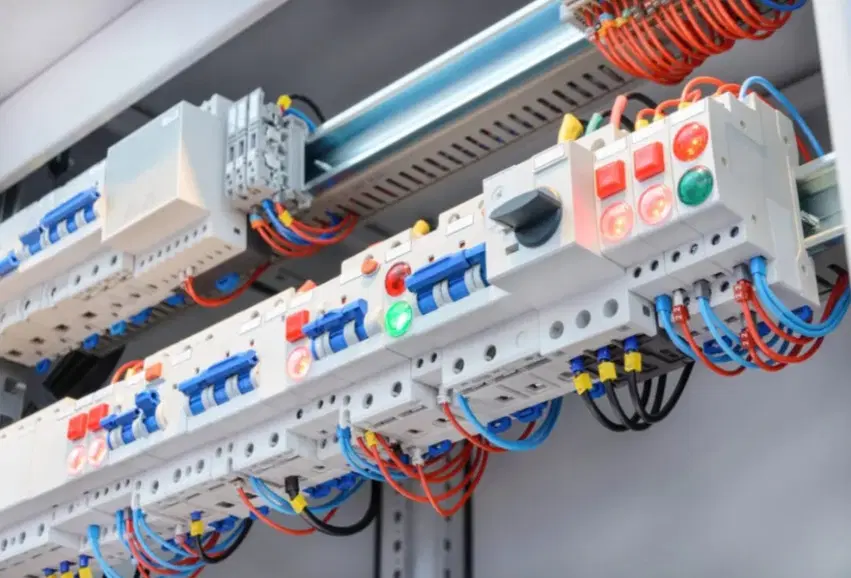DIN rails serve as the backbone of electrical and electronic equipment installation, providing a standardized mounting platform for a wide range of devices and components.
These versatile rails are prevalent in industrial control systems, automation equipment, and electrical distribution panels, facilitating efficient and organized installation of various devices. Let's explore the significance and functionality of DIN rails in modern equipment integration and installation processes.
Standardized Mounting Solution
DIN rails adhere to the Deutsches Institut für Normung (DIN) standards, which establish uniform specifications for dimensions, materials, and mounting configurations.
This standardization enables seamless integration of DIN rail-compatible devices, such as power supplies, relays, terminal blocks, and circuit breakers, into electrical enclosures and control panels.
Manufacturers design their products with DIN rail mounting provisions, ensuring compatibility and ease of installation across different equipment types and brands.
Versatility Across Industries
DIN rails find widespread use across various industries and applications, ranging from manufacturing and process control to building automation and telecommunications.
In industrial settings, DIN rails provide a robust and flexible mounting solution for control relays, programmable logic controllers (PLCs), and motor starters, facilitating the construction of complex control systems.
Similarly, in building automation, DIN rails accommodate components such as lighting controllers, HVAC modules, and power meters, enabling centralized monitoring and control of building systems.
Space Optimization and Organization
One of the key advantages of DIN rails is their ability to optimize space and promote organization within electrical enclosures and control panels.
By securely mounting devices onto the rail, valuable panel space is maximized, allowing for efficient use of limited real estate.
Additionally, DIN rail-mounted components can be arranged and labeled systematically, simplifying maintenance, troubleshooting, and future expansion of the system.
Facilitates Modular Design
DIN rails support modular design principles, allowing for easy assembly and customization of equipment configurations.
Components mounted on DIN rails can be easily added, removed, or replaced without the need for complex wiring or reconfiguration.
This modular approach enhances system flexibility and scalability, enabling rapid deployment and adaptation to evolving operational requirements.
Enhanced Safety and Reliability
Proper installation on DIN rails ensures secure and stable mounting of electrical components, minimizing the risk of vibration-induced damage or accidental dislodging.
Additionally, DIN rail-mounted devices benefit from improved heat dissipation and airflow within the enclosure, enhancing overall system reliability and longevity.
Furthermore, DIN rail accessories such as end brackets, spacers, and wire ducts provide additional support and organization, contributing to a safer and more efficient installation.

Supports Industry Standards and Regulations
DIN rails comply with industry standards and regulations governing electrical installations, ensuring adherence to safety and performance requirements.
By utilizing DIN rail-compatible components, engineers and technicians can confidently design and implement systems that meet the specifications of relevant standards organizations such as the International Electrotechnical Commission (IEC) and the National Electrical Manufacturers Association (NEMA).
In conclusion, DIN rails serve as indispensable components in modern equipment installation and integration, offering standardized mounting solutions that enhance efficiency, organization, and safety.
Their versatility, space optimization, and support for modular design principles make them essential elements in a wide range of industries and applications.
As technology continues to advance, DIN rails will remain integral to the seamless deployment of electrical and electronic systems, facilitating innovation and driving progress across diverse sectors.

